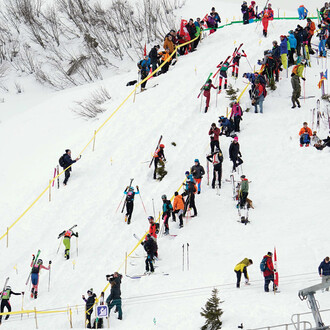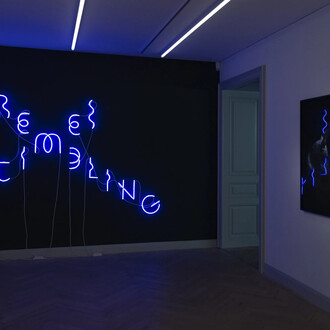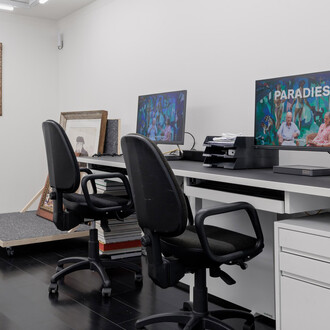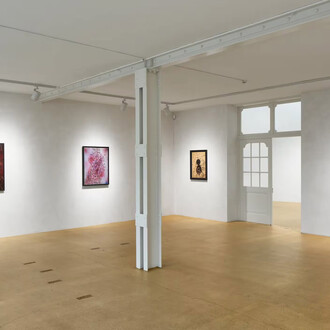Ahead of the Curve celebrates innovation at the Olympic Games, from how athletes compete to how the world watches and plays. Running from 18 September 2025 to 1 November 2026, the exhibition explores the technological and cultural shifts that have transformed how each generation connects with sport. It invites visitors to reflect on what it means to experience the Olympic Games today and to imagine how they might evolve in the future.
Through four distinct eras, visitors will uncover how sport continues to evolve, from new disciplines and esports to advances in broadcasting, timekeeping and refereeing. The exhibition invites reflection on the Olympic Games of today and sparks imagination about what they could become in the future.
Visitors are invited to time travel in Ahead of the curve. Located on level -1 of the Olympic Museum, the four time capsules will transport you from nostalgia to philosophical questions about the future of sports and technology. You will get to fully immerse yourself in technology from an old LAN installation to playing Just Dance and NBA 2K simulators, with many more experiences to be announced.
Sports programme
The early stages of the Olympic Games were experiments. Which sports to choose? How to organise the events? Where and with whom? It was a big production!
Broadcasting
Originally, the only way to follow the Olympic Games was through the written press. From Stockholm 1912 onwards, Games footage was shown in cinemas... but only several weeks after the event. From Paris 1924 onwards, radio arrived at the Games, allowing hearts to beat in unison! From Berlin 1936 onwards, television coverage was expanded with each edition. At Cortina d'Ampezzo 1956, the Games were broadcast live in several countries for the first time.
Fair refereeing
At Athens 1896, officials used their own stopwatches to determine which runner had won the 100m. The difference between the first two finishers was... 0.2 seconds. This minimal gap rang alarm bells for the Olympic leadership. Officiating at the Olympic Games had to be beyond reproach – and so the race for precision had begun!
Esports
Since they were founded, the IOC and Olympic Games have worked tirelessly to be attractive to younger generations. Their number one goal is to appeal to as many people as possible in order to build a better world through sport.
In 2021, the Agenda 2020+5 – the roadmap that sets out the main directions for the future of the Olympic Movement – made 15 recommendations. The ninth recommendation is for the IOC to encourage the development of virtual sports and further engage with video gaming communities.
















